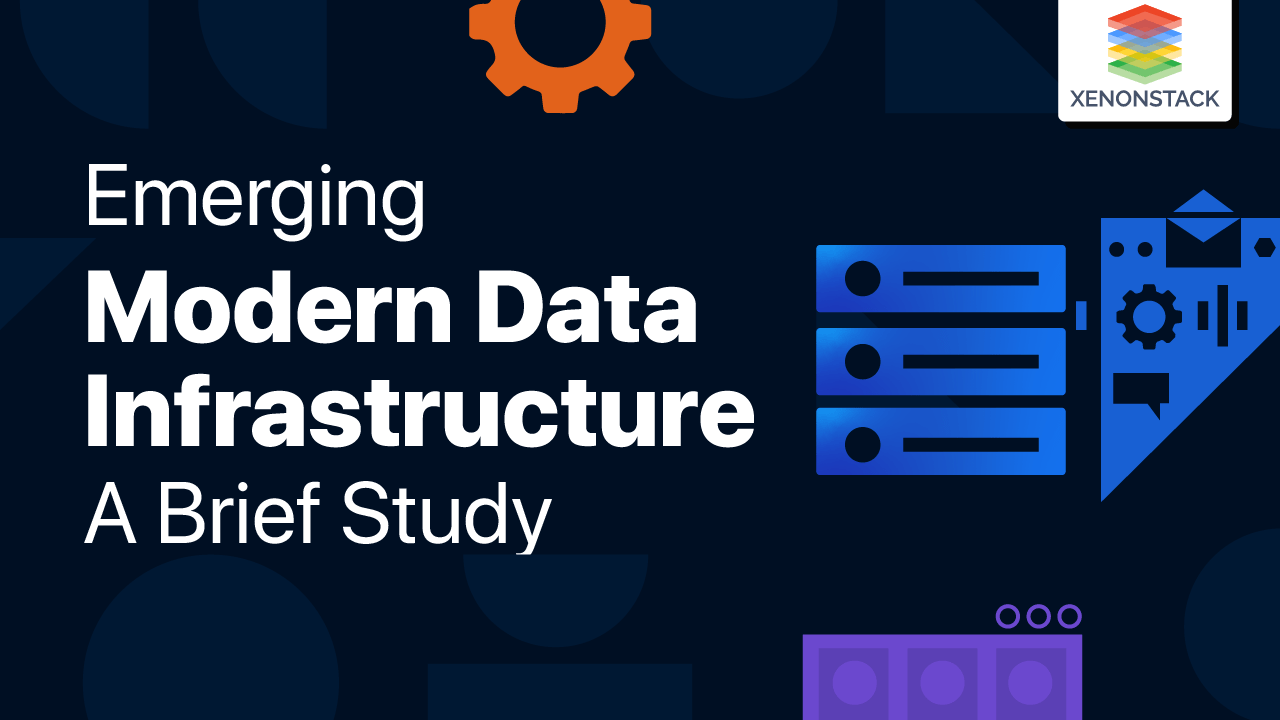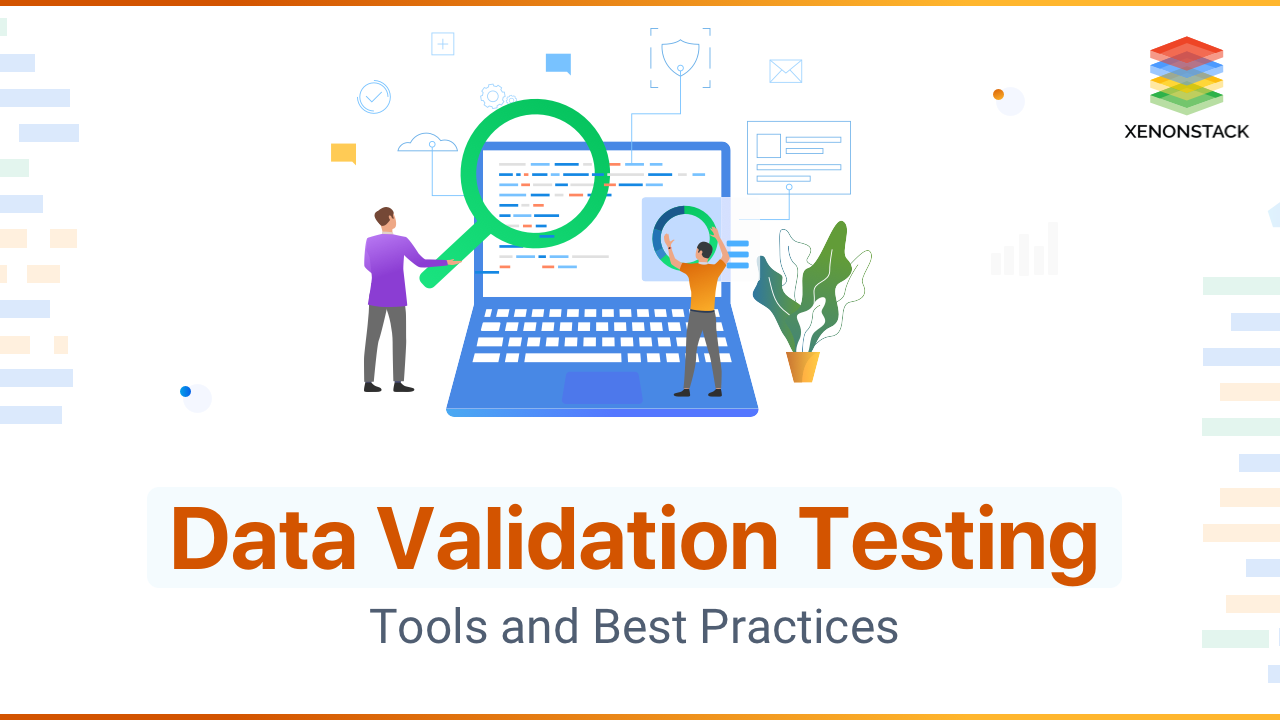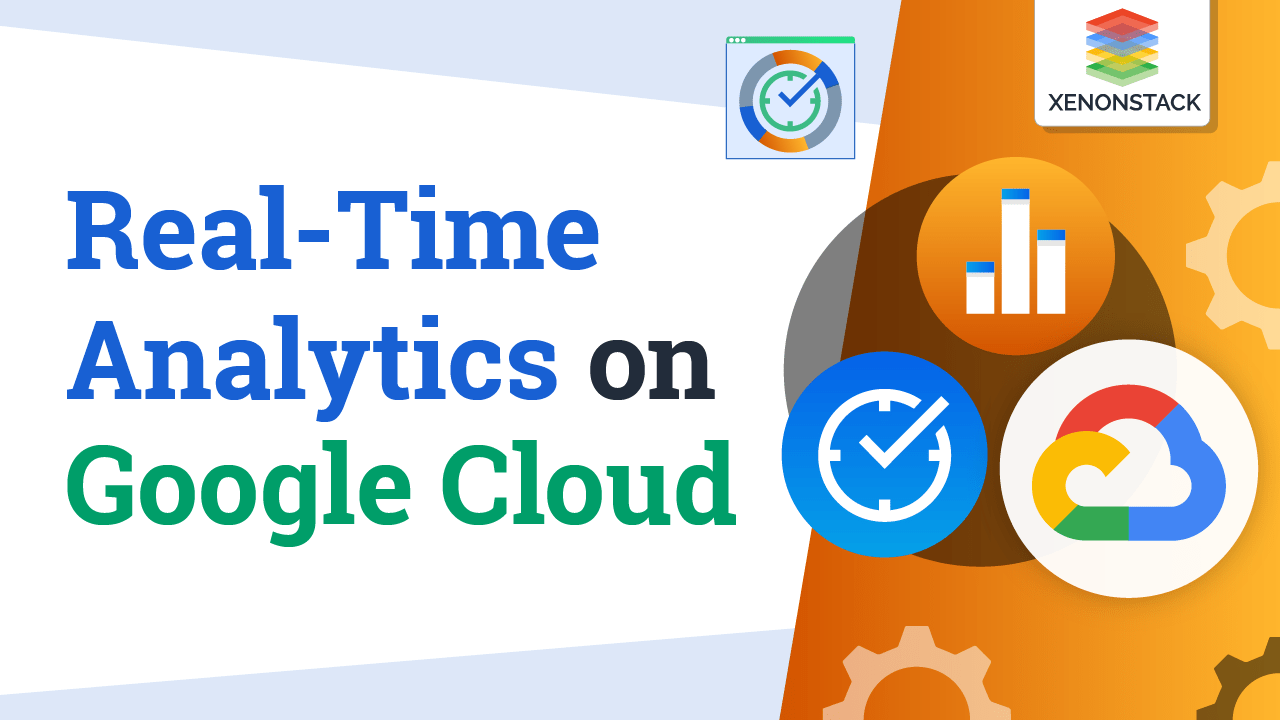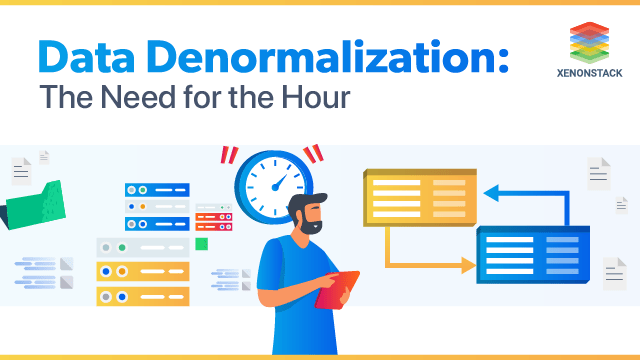
What is Data Infrastructure?
An implementation that defines a path to use the collected data and deliver it in a maintainable body is called a data infrastructure. Data needs are increasing daily, and every business will be empowered with a data infrastructure setup. For example, a data-led company may use the data to help boost the marketing campaign and build a better product. However, for this much information, the company needs data infrastructure.
Modern Data Infrastructure: Key Features and Advancements
The need for data infrastructure leads to problems, such as running scalable data pipelines on scalable machines, and when the scalable infrastructure is defined, then there is a requirement to automate and validate.
Automation and validation are the main pillars of modern data infrastructure. There is no infrastructure where you can not trust your data inputs without validation and automation. The distributed ecosystem and programs came into the picture with heavy data usage, emphasizing pipeline automation and data validation through monitoring ecosystems. These monitoring systems are also one of the essential high-level implementations known as instrumentation.
Modern Data Infrastructure Example
If a Data-let company has a data infrastructure setup to derive the data needs for marketing, they may not automatically make decisions. If the same company upgrades its ecosystems to modern data infrastructure, it validates and monitors every aspect of the data. That company/industry will be able to lead the marketing campaign based on better data visualization.
Key Components for Modern Data Infrastructure
Data infrastructure comprises analytical and operational systems to make better decisions and build data-powered products. The data infrastructure market has seen tremendous growth in the past 5-6 years, where they are spending billions of dollars to monitor and scale the solutions. This has led to a shift in many basic implementations of data infrastructure to make it a modern data infrastructure.
These are key components of modern data infrastructure:
Data Agnostic Architecture and Its Infrastructure
Data architecture can and should provide a mechanism to manage data across many platforms and infrastructures simultaneously, regardless of the type of data. This comprises on-premises high-performance computing that can migrate to the cloud or hybrid cloud architectures or platforms.
Parallel, Distributed Processing
High-performance computing necessitates high-performance data throughput. Life sciences, genome sequencing, data modeling, and artificial intelligence/machine learning workloads all require a large amount of data and a rapid, reliable mechanism to access and interpret it. Modern designs must implement fast technologies to facilitate parallel processing across the infrastructure.
Scalability
Scalability is a direct answer to the limits of a typical systems approach to data architecture elements like data lakes, data stores, and databases and is perhaps the most significant component here. The need for ever-increasing data storage and workloads for machine learning and life science applications is being pushed by new configurations with fast and accessible cloud environments and on-prem private clouds.
Open Data Access
Aside from compliance and security requirements, employees, researchers, and engineers should be able to access vital data on a regular basis without having to worry about role ownership.
Characteristics of Modern Data Infrastructure
The main characteristics of modern data infrastructure are mentioned below:
Benefits of Modern Data Infrastructure for Businesses
These are the benefits of modern data infrastructure:
Cloud Data Warehouse
On-premise data warehouses have problems when there is a need to scale the infrastructure and make it more flexible. A cloud data warehouse is now given preference over an on-premise data warehouse. These systems come with flexibility, scalability, and manageability. Fully managed cloud data warehouses remove overhead to scale and manage demand and supply.
Suppose an organization wants to scale the infrastructure to manage the demands and supply, but they don’t have enough on-prem resources available. In this case, the best scenario is to have the infrastructure deployed fully managed, which can be achieved through cloud data warehouse migration.
Next-Generation Data Lakes
Hadoop systems are now overtaken by extended data lakes, which provide more serverless computing and warehousing. These include relational databases and interactive query solutions. Cloud service providers provide fully managed services with IAM role control, and users will have to pay for storage and pay as they use service patterns. Having such accessibility and control over the Data Lakes makes Next-Generation Data Lakes the best solution to look for.
Earlier, users were stuck managing access to Hadoop services if no Skill Set was available. However, with Next Generation data lakes deployed on a serverless warehouse, access is now easy to manage, and cloud providers help set it up.
ELT
ELT is now considered more consistent and reliable than ETL with modern data lakes and its automation. The reason observed can be any of the following:
-
Loading data is faster due to the cost of in-memory shuffling
-
Raw data time travel feature engineering
-
Eliminating Storage and computing in the same place
-
Storing the data in Staging Tables and then transforming it into final tables as per the requirement
-
Storing real-time data is a priority, and batch processing can help transform data.
Dataflow Automation
From designing to reporting, data flow automation helps capture, build, and collaborate on a scale to identify and increase the efficiency of systems with more optimized and controllable reporting (sometimes called self-served reports). Data flow automation delivers daily alerts such as what went wrong, the optimization possibilities, etc.
Automation helps organizations design business processes effectively as they have more engineering and collaboration capabilities to administer and identify the scope of improvements.
Automated Insights
Automation through superset and looker-type solutions can serve the insights in an alert-based reporting system where conclusions and recommendations can be made without delays. This helps in better key takeaways. Many tools can now create dashboards and display recommendations about design and engineering.
Suppose a monitoring dashboard is set up, but it provides insights only when you try to access it. But what if a monitoring dashboard is set up and provides alerts through emails and other communication media about takeaways? Wouldn’t it be helpful? Sure, it is because users don’t have to worry about accessing the dashboards and identifying the key takeouts.
Data Governance
Data Governance is the most important aspect of emerging data infrastructure. Data Governance helps in tracing the standards, regulations, and rules and, at the same time, making sure that all the requirements are fulfilled and transparency is maintained. This whole scenario helped to inhale and exhale better compliance.
Governance is helpful for organizations dealing with data that have laws and regulations applied to it. Data Governance also provides the capability to define the Data lineage, Data Rules, and so on, all under one roof.
The Future of Data Infrastructure: Trends and Innovations
Modern data infrastructure is the backbone of data-driven organizations, enabling them to collect, process, and analyze vast amounts of data efficiently. By integrating automation, scalability, governance, and intelligence, businesses can enhance decision-making, improve operational efficiency, and drive innovation. The shift toward cloud-based solutions, next-generation data lakes, ELT processing, and automated insights ensures that modern enterprises can handle complex data needs with greater flexibility and reliability.
As the data landscape continues to evolve, organizations must adopt a forward-thinking approach, investing in robust infrastructure that supports agility, security, and seamless access to data. Those who successfully implement modern data infrastructure will be better positioned to leverage data as a strategic asset, driving long-term growth and competitive advantage.
Next Steps in Implementing a Scalable Data Infrastructure
Talk to our experts about automating data quality with modern data infrastructure. Learn how industries use advanced data pipelines to streamline workflows and ensure accuracy. With automated data processing and validation features, modern data infrastructure helps optimize operations and improve data reliability for decision-making.


